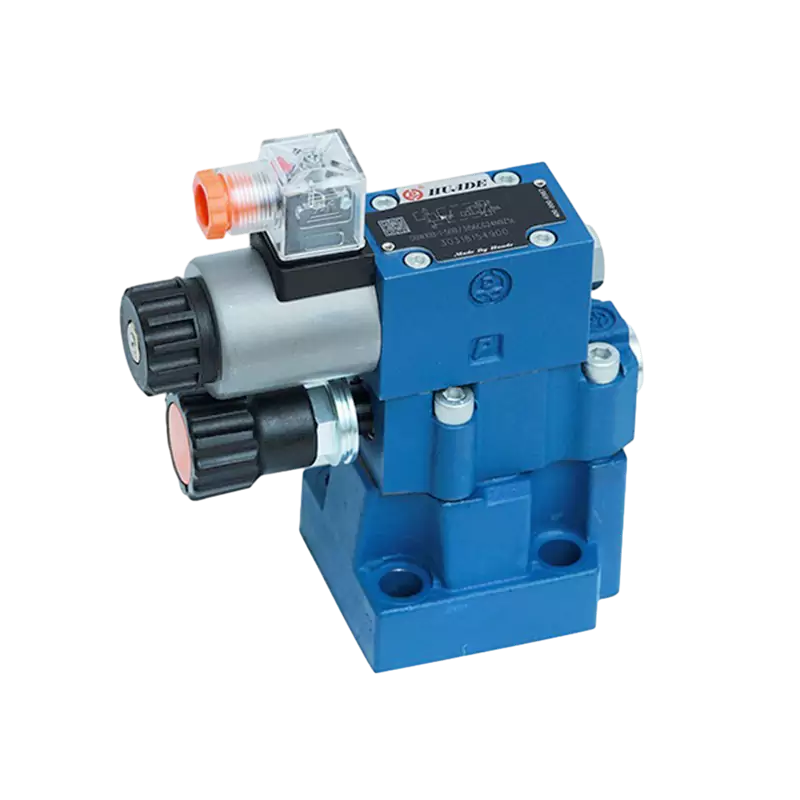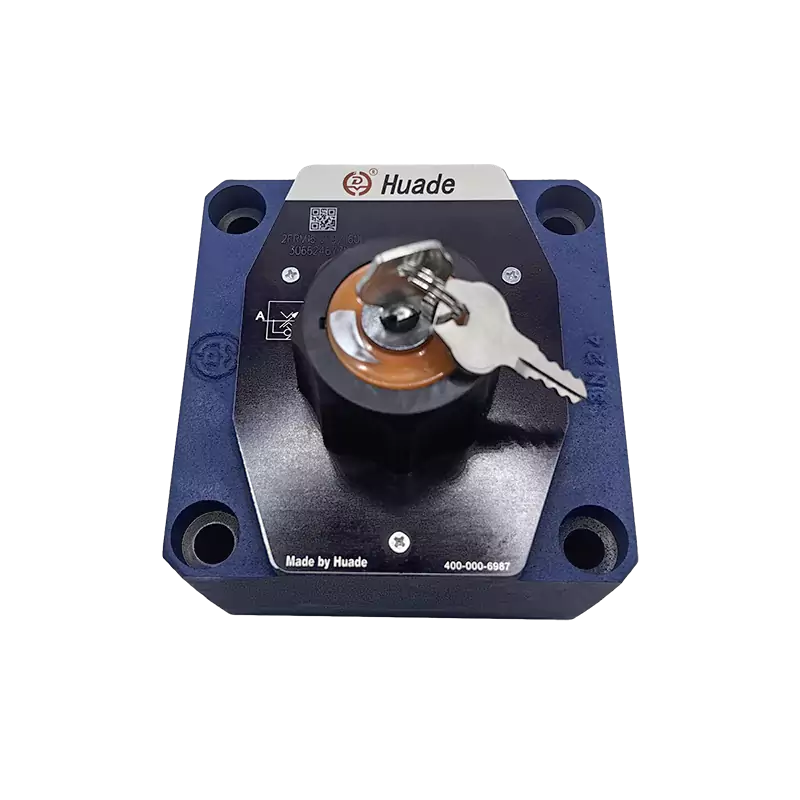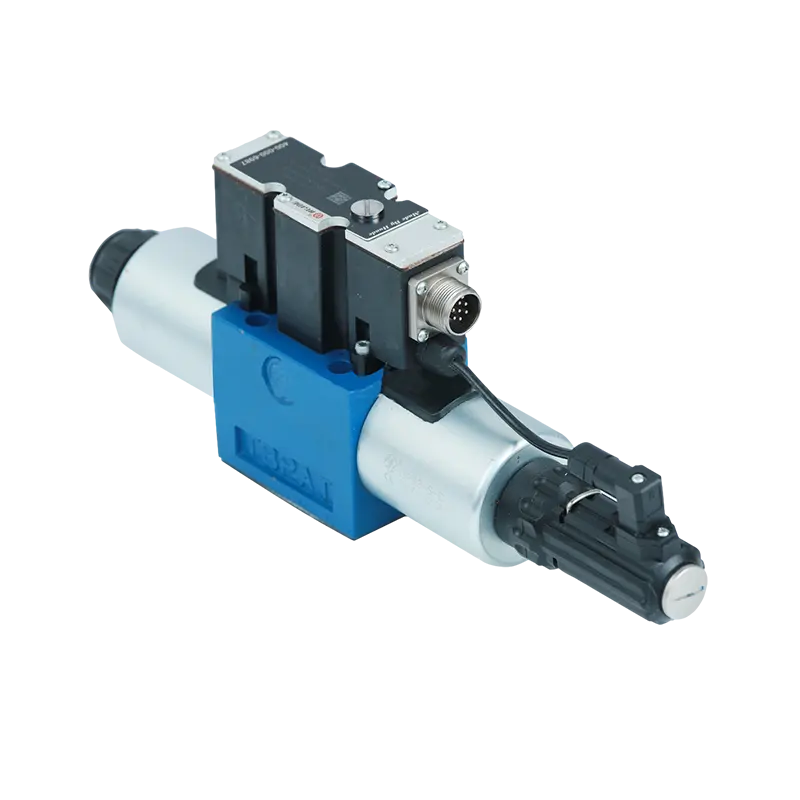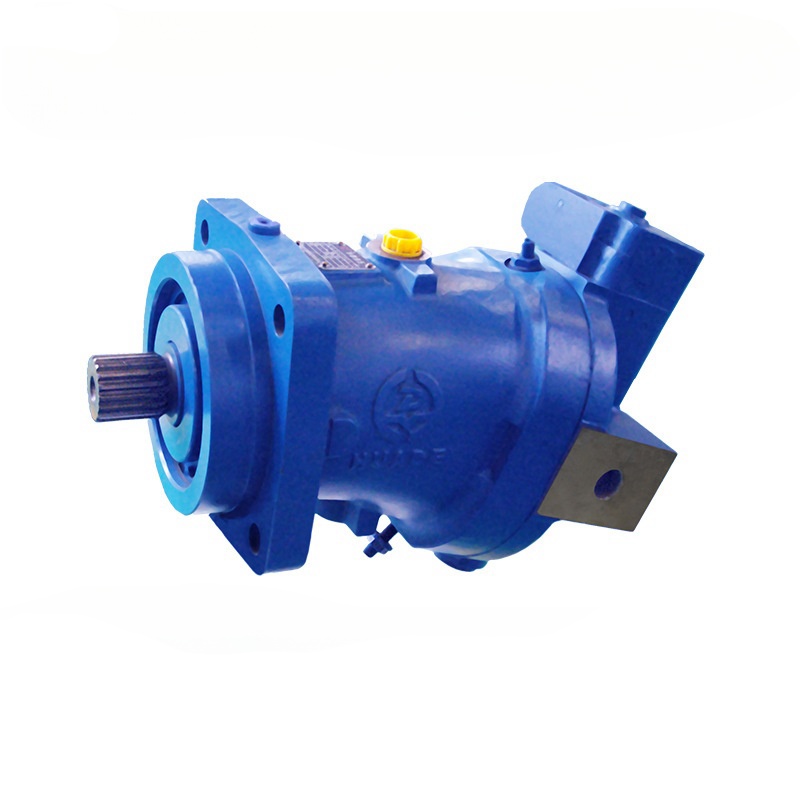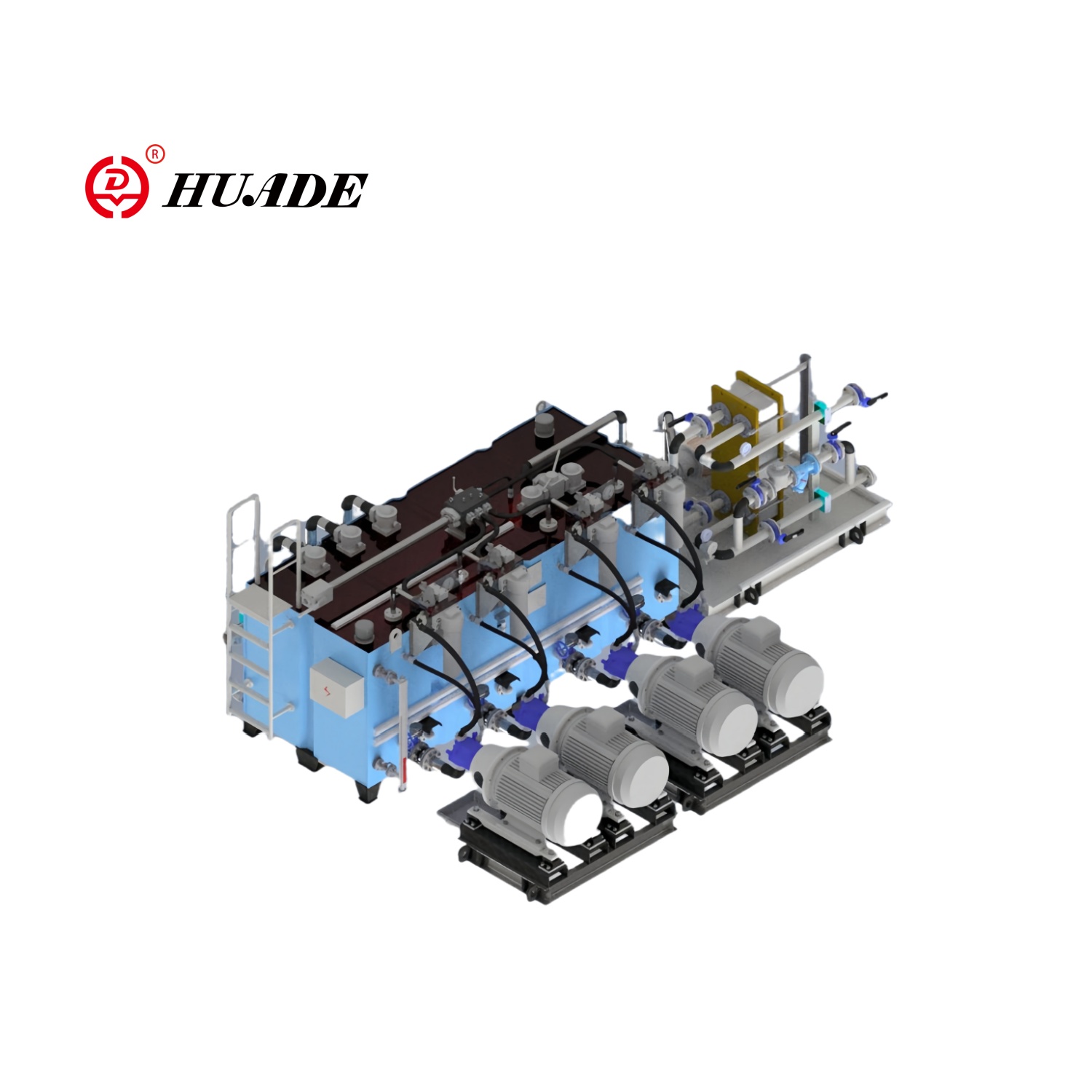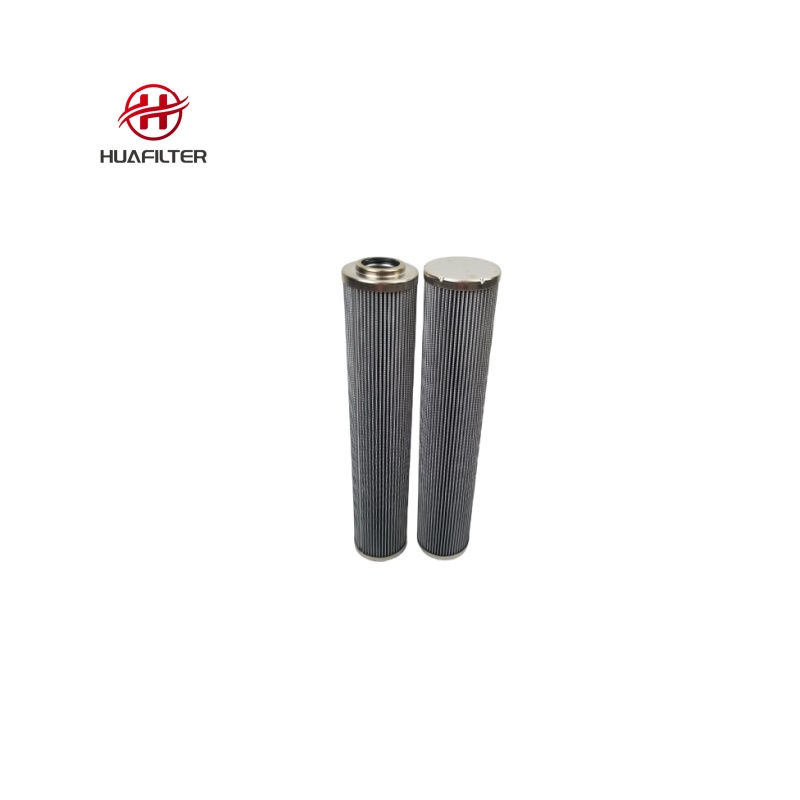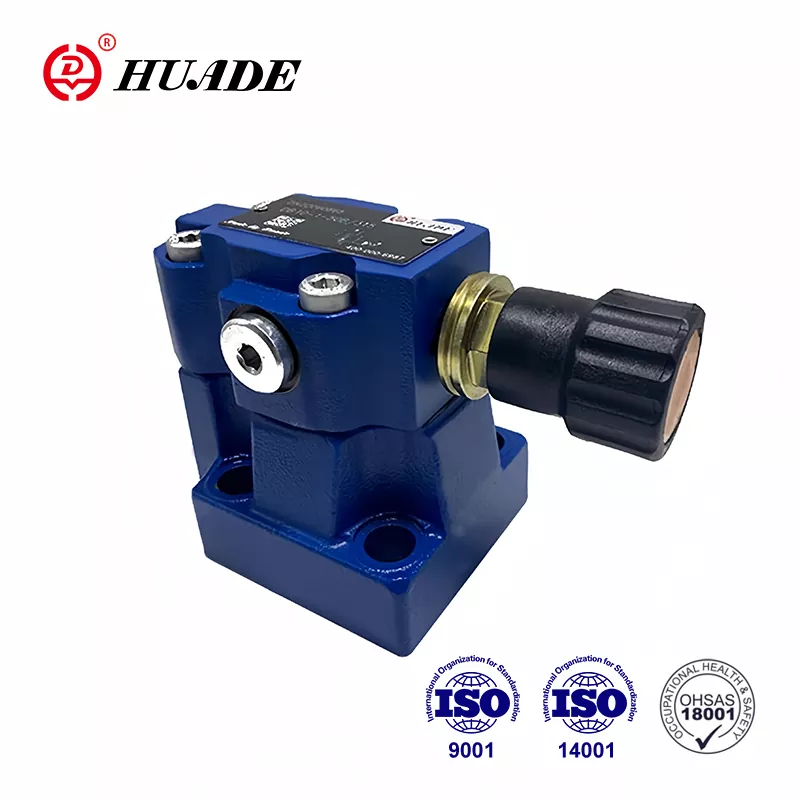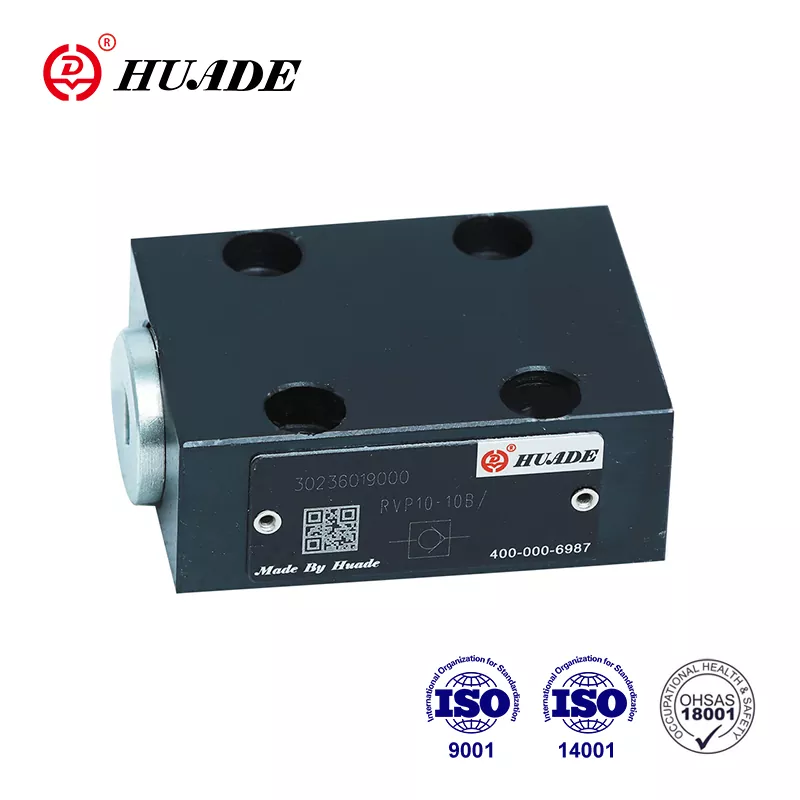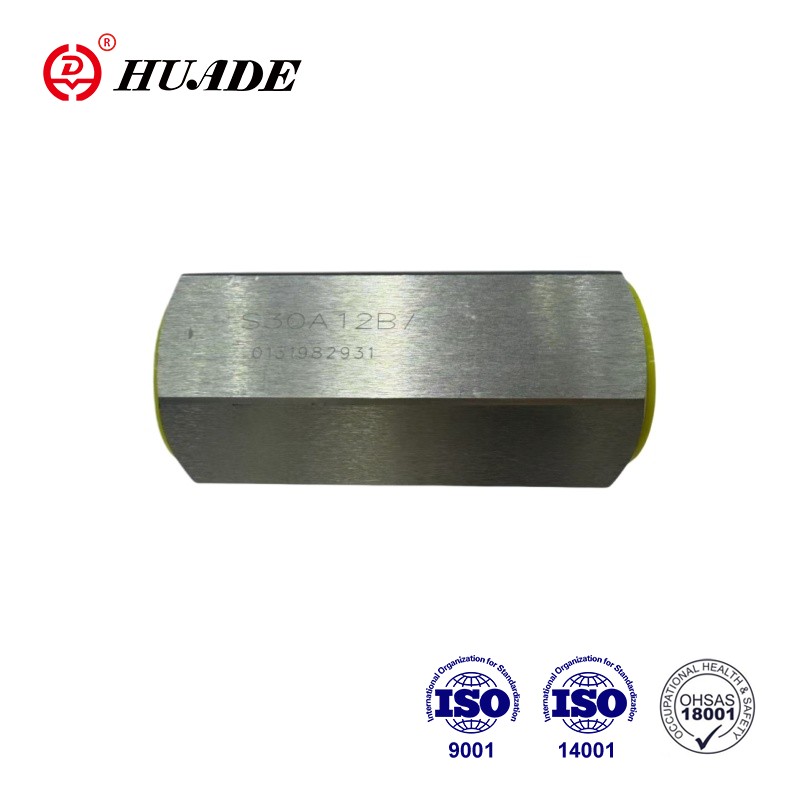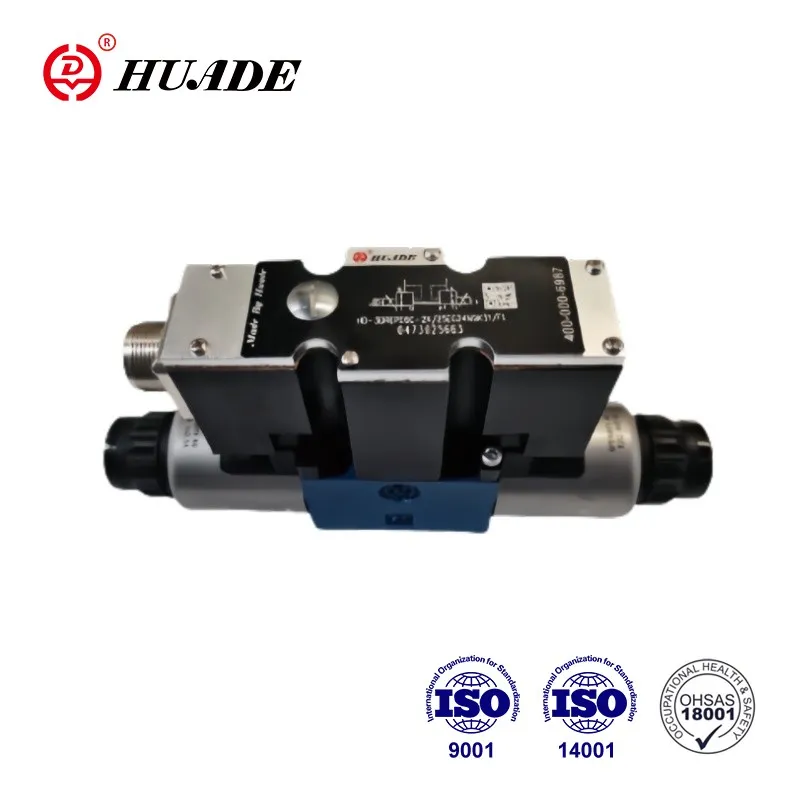
In a bustling ICU, a doctor adjusts a patient's ventilator with the touch of a button. The machine responds instantly, delivering oxygen at precisely 15.2 liters per minute instead of 15.0. This life-saving precision? It's all thanks to a proportional valve working silently inside the equipment.
These remarkable devices are revolutionizing fluid control across industries, from keeping astronauts alive in space to helping your car brake smoothly in traffic. Let's dive into how they work and why they're changing everything.
What is a Proportional Valve?
A proportional valve is like having a professional pianist's fingers controlling your garden hose. While regular valves are either fully open or shut (like a light switch), proportional valves can adjust anywhere from 0% to 100% open (like a dimmer switch).
The Game-Changing Difference
Before proportional valves, factory workers had to manually adjust multiple on-off valves to get the right pressure for painting car parts. Now, one proportional valve automatically adjusts itself hundreds of times per second, creating that perfect, streak-free finish you see on modern vehicles.
The Electro-Hydraulic Proportional Valve Working Principle
1The Digital Command
Everything starts when a control system sends an electrical signal - think of it as a digital whisper telling the valve exactly what to do. This signal might come from a temperature sensor in a pharmaceutical lab or a pressure gauge in a hydraulic press.
2Electromagnetic Force Generation
Inside the valve lives a solenoid coil that transforms electricity into magnetic force. When current flows through this coil, it creates a magnetic field proportional to the input signal. More current equals stronger magnetism - it's that simple.
This magnetic field pulls on a metal armature (think of it as a magnetic piston). The beauty lies in the precision: double the electrical signal, and you get double the magnetic force.
3The Spool Dance
The armature connects to a precisely machined spool - essentially a sliding valve core with intricate grooves and passages. As magnetic force increases, the spool moves against a calibrated spring, opening fluid passages progressively.
Here's where engineering magic happens: the spool's geometry is calculated to ensure that each millimeter of movement creates a predictable change in flow rate. It's like having a mechanical translator converting electrical wishes into fluid reality.
Types of Proportional Valves and Their Applications
Pneumatic Proportional Valve Applications in Healthcare
These valves also power:
- Ventilators: Delivering precise tidal volumes to premature babies
- Oxygen concentrators: Adjusting flow for different patient needs
- Dental equipment: Controlling air pressure for delicate procedures
Electro-Hydraulic Proportional Valves in Manufacturing
Walk into Tesla's Fremont factory, and you'll see robotic arms painting car bodies with mathematical precision. Each arm's movement is controlled by electro-hydraulic proportional valves that adjust pressure thousands of times per minute.
- Injection molding: Creating plastic parts with perfect dimensional accuracy
- Metal stamping: Applying exact pressure for consistent part quality
- Assembly lines: Controlling robot movements for precise component placement
Proportional Directional Control Valves in Aerospace
When Captain Jennifer Martinez adjusts her Boeing 787's flight controls, she's commanding proportional directional control valves that move the aircraft's control surfaces. These valves can adjust aileron positions in increments smaller than a human hair's width, keeping hundreds of passengers safe at 35,000 feet.
Advanced Proportional Valve Technology Features
Pulse Width Modulation (PWM) Control Systems
Modern proportional valves use PWM technology - rapidly switching electrical signals on and off to achieve precise control. Imagine flickering a flashlight so fast that your eyes see steady brightness, but you can control exactly how bright it appears.
Closed-Loop Feedback Control
The smartest proportional valves include sensors that constantly monitor their own performance. A Linear Variable Differential Transformer (LVDT) sensor tracks spool position with micron-level accuracy, creating a feedback loop that corrects any deviations instantly.
Proportional Valve vs Servo Valve: Performance Comparison
| Feature | Proportional Valve | Servo Valve |
|---|---|---|
| Response Time | 50-200ms | 5-20ms |
| Precision | ±2% of full scale | ±0.1% of full scale |
| Cost | $500-5,000 | $5,000-50,000 |
| Contamination Tolerance | High | Low |
| Applications | Industrial automation, mobile hydraulics | Aerospace, military systems |
The Sweet Spot: For 80% of industrial applications, proportional valves provide the perfect balance of performance and cost-effectiveness.
Industry-Specific Applications and Success Stories
Automotive Innovation
When Mercedes-Benz developed their adaptive suspension system, they needed valves that could adjust shock absorber stiffness in real-time. Their engineers chose proportional valves that respond to road conditions 500 times per second, transforming bumpy highways into silk-smooth rides.
Medical Device Breakthroughs
At Children's Hospital Philadelphia, premature babies weighing less than 2 pounds depend on ventilators with proportional valves calibrated to deliver breaths smaller than a whisper. These valves have helped improve survival rates for extremely premature infants by 15% over the past decade. [See proportional flow control applications]
Renewable Energy Applications
Wind turbine pitch control systems use proportional valves to adjust blade angles based on wind speed. A single turbine might have 20+ proportional valves working together, optimizing energy capture while protecting the system from destructive wind forces.
Troubleshooting Common Proportional Valve Issues
Contamination Problems
Root Cause: Metal particles from worn pipes contaminate the valve.
Solution: Install 10-micron filtration and implement predictive maintenance schedules.
Temperature-Related Performance Issues
Root Cause: Elevated temperatures increase hydraulic fluid viscosity and coil resistance.
Solution: Implement temperature compensation algorithms and use high-temperature rated components.
Selection Guide: Choosing the Right Proportional Valve
Flow Rate Requirements
- Low flow (0.1-10 GPM): Direct-acting valves
- Medium flow (10-100 GPM): Two-stage proportional valves
- High flow (100+ GPM): Pilot-operated proportional directional control valves
Precision Needs
- Standard applications: ±2-5% accuracy is sufficient
- Critical processes: Choose closed-loop systems with ±0.5% accuracy
- Laboratory equipment: Consider servo-quality proportional valves
Environmental Considerations
- Clean environments: Standard proportional valves work well
- Harsh conditions: Choose valves with IP65+ protection ratings
- Explosive atmospheres: Select ATEX-certified proportional valve systems
Future Trends in Proportional Valve Technology
IoT Integration and Smart Diagnostics
Tomorrow's proportional valves will text you before they break. Companies like Parker Hannifin are developing valves that use machine learning to predict maintenance needs, potentially reducing unplanned downtime by 60%.
Miniaturization Advances
Microfluidic proportional valves smaller than a postage stamp are enabling breakthrough medical devices, including portable dialysis machines and implantable drug delivery systems.
Energy Efficiency Innovations
Next-generation valves will incorporate energy harvesting technology, potentially powering themselves from the fluid flow they control - creating truly autonomous proportional valve systems.
Installation Best Practices and Maintenance Tips
Pre-Installation Checklist
- Fluid compatibility: Verify seal materials match your hydraulic fluid
- Electrical requirements: Confirm voltage and current specifications
- Mounting orientation: Follow manufacturer guidelines for optimal performance
- Filtration systems: Install appropriate upstream filtration
Preventive Maintenance Schedule
- Daily: Monitor system pressures and flow rates
- Weekly: Check electrical connections for corrosion
- Monthly: Analyze hydraulic fluid for contamination
- Quarterly: Calibrate control systems and test emergency shutoffs
Performance Monitoring
Use data logging systems to track:
- Response times
- Hysteresis measurements
- Current consumption patterns
- Temperature variations
Economic Impact and ROI Analysis
Manufacturing Efficiency Gains
A automotive parts manufacturer replaced 40 on-off valves with 8 proportional valves, achieving:
Energy Savings Calculations
Proportional valves typically reduce energy consumption by 20-40% compared to throttling systems using on-off valves with restrictors. For a facility using 100 kW of hydraulic power, this represents savings of $15,000-30,000 annually.
Related Technologies and System Integration
For deeper understanding of fluid control systems, explore these related topics:
- Servo valve applications in aerospace systems
- Hydraulic system design principles
- Industrial automation control strategies
- Predictive maintenance for hydraulic components
Conclusion: The Future is Proportional
From the ICU where they help save lives to the factory floor where they improve product quality, proportional valves represent a perfect fusion of mechanical engineering and electronic control. Their ability to provide precise, continuous fluid control has made them indispensable in modern automation.
As we move toward Industry 4.0, these intelligent valves will become even smarter, more efficient, and more connected. Whether you're designing the next generation of medical devices, optimizing manufacturing processes, or developing autonomous vehicles, understanding proportional valve technology isn't just helpful - it's essential.
The next time you experience the smooth acceleration of an electric car, the precise operation of medical equipment, or the flawless finish on a manufactured product, remember the proportional valves working silently behind the scenes, translating electrical signals into mechanical precision with remarkable reliability.


